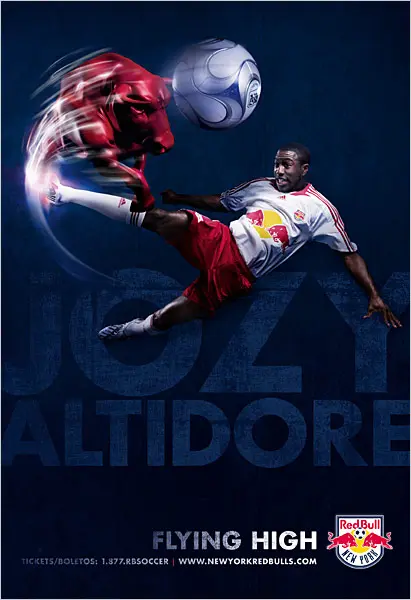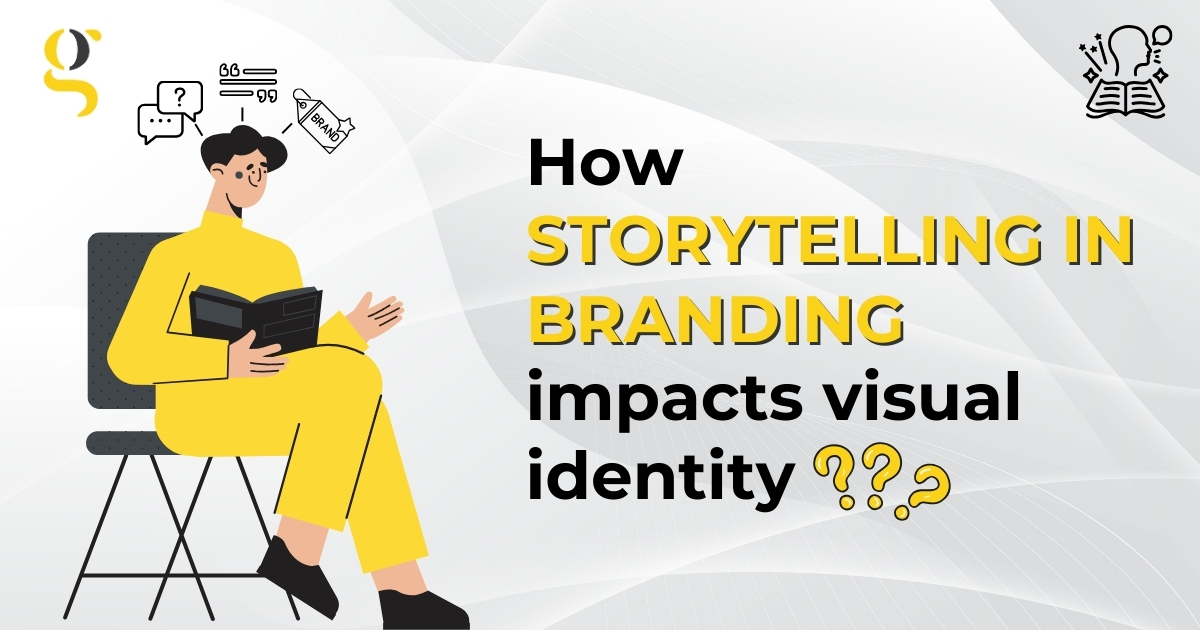In today’s digital jungle, storytelling in branding isn’t just a trend, it’s the secret sauce that turns a brand from Meh to Wow! Brands need to stand out and build an emotional connection with their audience. A great way to do this is through storytelling. Storytelling in branding not only helps brands connect on an emotional level with their audience but also shapes their visual identity.
With attention spans shrinking and advertisements multiplying, brands need to establish a strong and real connection which can be done by brand storytelling. Storytelling in branding transforms a simple logo and product into something meaningful that evokes emotions into audience.
Imagine your brand as a character in a Blockbuster Bollywood movie, what’s its story? Let’s dive into how storytelling in branding can turn your brand into a star, with a visual identity that steals the show.
Table of Contents
Key Elements of storytelling in branding
The visual elements of a brand such as colors, font, Imagery and design style can be a powerful way to express what the brand stands for.
Colors
Colors are the first thing we notice in branding. Different colors evoke different emotions. For instance yellow evokes fun, enthusiasm and grabs attention while red promotes energy, anger and passion. When crafting a brands story, choosing the right colors is crucial. Right colors can evoke emotions and narrate the story of the brand.

A great example of this is BIBA, a popular ethnic wear brand. They use vibrant colors like orange, red and gold which reflects India’s culture and celebration of festivals. These colors evoke a sense of culture, joy and confidence which connects with consumers emotionally.
Fonts
The fonts a brand uses has a significant role on how a brand is seen. A modern, clean font might express innovation and forward-thinking while a handwritten or script font can evoke feelings of warmth, creativity or authenticity.

For example, Disney uses a whimsical, magical font that blends into its brand story that is magic, dreams and childhood. The font helps to transport viewers into the magical world of Disney, supporting the overall emotional connection.
Imagery
If you didn’t know, let me tell you, images are processed and remembered by the human brain far more effectively and rapidly than text. Thus images are important part of storytelling in branding as they have power to evoke emotions and register in consumers mind. But make sure whether it’s an image, illustration, logo or icon they all must align with the brands story.

Think about RedBull. Their visuals often features athletes performing stunts which aligns with the brands story of pushing boundaries and living life to the fullest. The use of strong, inspirational imagery has become a consistent component of their visual identity.
Design style
The overall design style of the brand such as modern, minimalism, retro or sustainable also matters. A well executed design supports the brands story.

For instance, The Body Shop uses a sustainable design style using earthy tones, natural textures and eco-friendly packaging that align with its story of ethical sourcing and environmental responsibility. The brand’s design is simple and visually calming, reflecting its commitment to sustainability and cruelty-free beauty.
Examples of successful brand stories
Storytelling in branding is used by several brands creating a memorable experience for their audience. Let’s check out few brands and their storytelling techniques
Maggi

Maggi’s brand storytelling is built around the theme of comfort food and quick snack. They consistently advertise themselves as a quick go-to meal and comfort family food which evokes a feeling of home and togetherness. Their tagline which is ‘2-Minute noodles’ and commercials conveying it as a family sharing meal, convinces and build a strong emotional connection with the audience. Also its Visual identity that is use of vibrant yellow packaging, further strengthens its association with positivity, speed and homely comfort.
Portea

Portea, a healthcare brand tells a story of accessible, at home health services that evokes convenience, trust and care. Even their tagline says ‘Heal at Home’. Their advertisements focus on bringing medical services at your home and reliability. The brands clean and calming color palette align with their promise of making healthcare simple, accessible and personal.
Mamaearth
Mamaearth’s brand storytelling revolves around natural ingredients. They have successfully established themselves as a clean and natural beauty brand which is safe for both consumers and nature. Their storytelling techniques are to focus on advertising their toxic free ingredients and promoting self-care without harming nature.

In fact they even have a campaign called ‘Plant Goodness’ in which they plant a tree for every product sold. Their visuals often feature natural colors and images of ingredients like Aloe Vera, Turmeric and onions.
Well now let’s check out how you can craft your unique brand story
How to craft your own story
Crafting a brand story requires a clear understanding of your brand values, purpose and audience.
1.Define your brands purpose
Start by figuring out:
- What problem you are solving?
- Why your brand?
- How are you solving the problem?
Give your audience the answers, share your brand’s purpose and that will be the foundation of your brand storytelling.
2.Set the tone
What tone do you want to communicate? Innovation, sustainability, empowerment, adventure, warmth, etc. Defining your theme and tone will help the audience to understand your values and brand, encouraging them to connect with your story.
3.Use emotional branding
Stories are more powerful when they evoke emotions in your audience. Think how your brand can make people feel happy, inspired or empowered. Emotional stories helps you to connect with your audience to a deeper level and foster trust. For example, Maggi just doesn’t represent a quick meal but also a feeling of comfort, home and bonding. It’s not just a snack but a hug in a bowl.
4.Integrate your visual identity
Once your brand story is clear and defined, the next step is to bring it to life. Choose colors, fonts and imagery that narrates your brand’s message and tone. Ensure that your visuals align with your brands story. If necessary, hire a professional designer to help you create a cohesive and visually compelling identity.
5.Be consistent
Be it your Website, Social media or packaging, the brand story and visuals should be consistent everywhere. The consistency will help your brand build a strong and easy to remember story that instantly evokes emotions.
Conclusion:
In 2025, storytelling in branding is more important than ever. It’s no longer a marketing tool, it’s the key element of your brand. Through integration of emotional branding, fonts and colors you can bring your brands story to life. Through different storytelling techniques you can ensure your brand reflects a story that you want to narrate. By using storytelling in branding you can create a lasting impact and stand out in today’s digital world. Whether you are a start-up or an established company, implementing storytelling in branding is the key to build a lasting loyalty with your customers.

